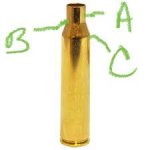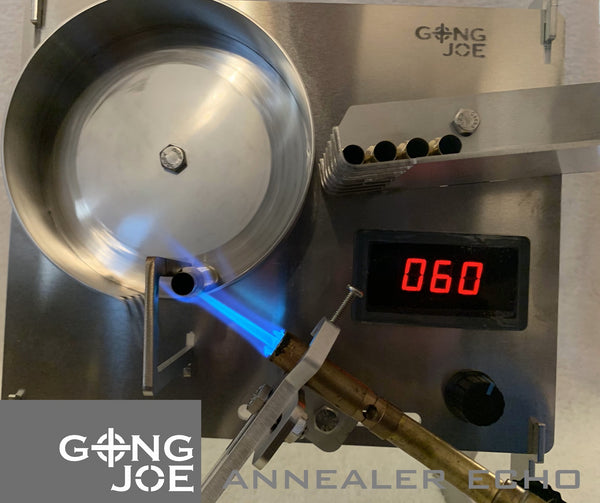This is who I get my annealing products from...
https://ballisticrecreations.ca/
I don't think there's any doubt that the Amp Annealler is the best, but its also very expensive.
Using an automated flame system is a little tricky because you may not set the heat the same way every time. Once set up, its probably quite consistent within the lot, mainly because the motorized system ensures the exposure to heat is identical every time.
All that aside for a moment, we need to consider what is an acceptable tolerance for hardness variation. AND if there is variation, how can we reloaders identify it without spending thousands of dollars on a hardness tester.
As to the allowable hardness variation, as stated, you are a plinker, so you would reasonably have have a wide range of acceptance. That aside... Even if you just want to be as close as possible, when we factor in cost, well it kinda becomes a moot point how good an AmpAneal is if we cant justify the cost.
So if you want to anneal using the best low cost method, I think the salt bath system is the best... again... all things considered... for the cost. In this sense it becomes a choice between annealing or not annealing if the only acceptable option (AmpAnneal) is financially out of reach but you can afford to salt bath.
As for consistency, I haven't identified any need for concern, and I'm quite fussy about consistency that is verifiable over a chronograph.
Now, how can you identify which cases are harder than others?
This will work best if you have neck turned all your bass... (which is how I sort for F Class loads) Using a Redding bushing die with no expander button, you can start with a bushing that is larger than required. Size all the cases with that bushing and see if any of the cases have enough neck tension to hold a bullet. All those that do, get separated from the others and go into one bowl. Label the bowl with the bushing size.
Next, go down to the next smaller neck sizing bushing and size all remaining cases again. Again see if any of these cases have enough neck tension to hold a bullet... put those into another bowl. Again... Label the bowl with the bushing size.
Repeat until all cases in the lot will hold a bullet.
What you are achieving by doing this is actually measuring neck hardness based on the amount of spring back that occurs.
A hard neck has more spring back and will for that reason require a smaller sizing bushing than a softer neck would... assuming the same wall thickness.
So even if you go through this exercise as an experiment to see what the hardness variation effect translates to in terms of velocity fluctuation, you may find the effort worth while.
So suppose you perform this exercise on neck turned brass and they all hold a bullet using the same bushing... In my opinion, It would not much matter if a hardness tester could identify hardness variation as I would dismiss the variation as irrelevant to the objective. This has been my finding with neck turned brass for F Class and why I think salt bath is just fine. If you can afford a better system, go for it, but I've personally spent too much money on shooting sports as it is.





